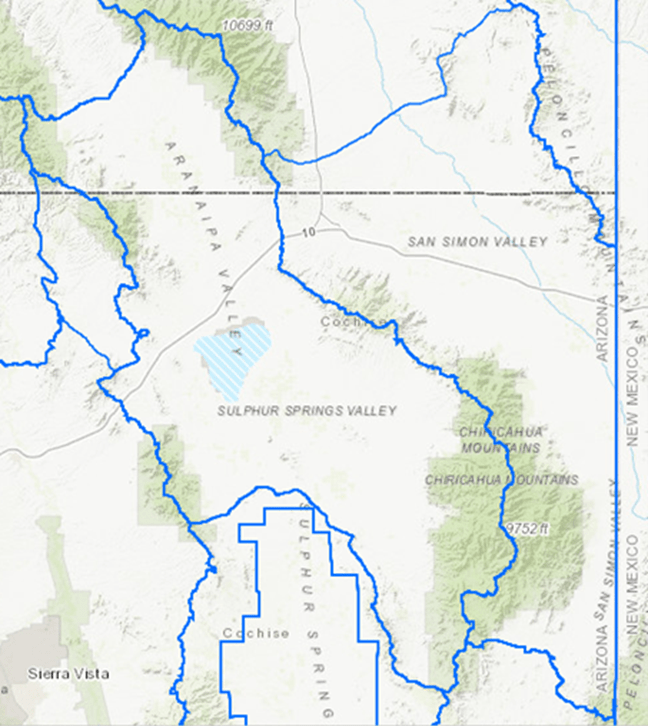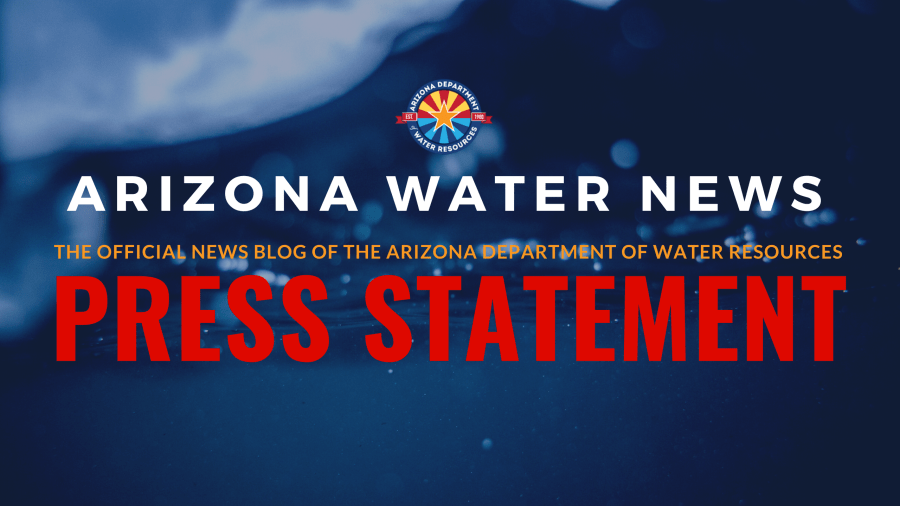
PRESS RELEASE
FOR IMMEDIATE RELEASE March 12, 2025
CONTACT: Doug MacEachern
PHONE: 602.771.8507
ADWR Director expresses support for reintroduction of historic tribal water rights settlement
Phoenix, AZ — Members of Arizona’s Congressional delegation from both sides of the aisle have led the way in reintroducing legislation to ratify and fund the historic Northeastern Arizona Indian Water Rights Settlement Agreement.
Arizona Senators Mark Kelly and Ruben Gallego, alongside Representatives Juan Ciscomani (R-AZ-06), Greg Stanton (D-AZ-04), David Schweikert (R-AZ-01), Raúl Grijalva (D-AZ-07) and Yassamin Ansari (D-AZ-03) announced on Tuesday the reintroduction of the vital legislation.
The bill was originally introduced in Congress last year to ratify and fund the settlement agreement entered into between the State of Arizona, the Navajo Nation, the Hopi Tribe, the San Juan Southern Paiute Tribe, and numerous other Arizona parties.
Arizona Governor Katie Hobbs signed the settlement agreement on November 19, 2024.
“Arizona’s congressional delegation is to be commended for leading the way in moving this legislation forward,” said Arizona Department of Water Resources Director Tom Buschatzke.
“Finalizing this crucial agreement, following decades of negotiation in some cases, constitutes a monumental ‘win’ for both the State of Arizona and the tribes,” said Buschatzke. “So, it is extremely gratifying to see our representatives from both sides of the political divide uniting behind this legislation.”
Congressional approval of the Act is vital to assuring clean and safe water supplies for the three Native American tribes. Although estimates vary across the Navajo Nation, Hopi Tribe, and San Juan Southern Paiute Tribe reservations, approximately one-third of homes on the three reservations lack access to running water.
The legislation creates a reservation for the San Juan Southern Paiute Tribe, settles the Arizona water rights claims for all three Tribes, and authorizes $5.1 billion to acquire, build, and maintain much needed delivery infrastructure and water development projects, including the iiná bá – paa tuwaqat’si pipeline that will bring Colorado River water to the three reservations. Settlement water supplies include both Upper and Lower Basin Colorado River water, groundwater, and other surface water supplies.
The settlement also allows the Navajo Nation and the Hopi Tribe to lease a portion of their Colorado River supplies off-reservation, creating economic opportunities until on-reservation demand is met through new infrastructure.
The leasing authorization includes authorization to lease the Tribes’ Upper Basin Colorado River water for system conservation, which will provide a benefit to the Colorado River System. The water has historically been used for system conservation.
For further information, contact ADWR communications administrator Doug MacEachern at dmaceachern@azwater.gov or 602.771.8507.
###








